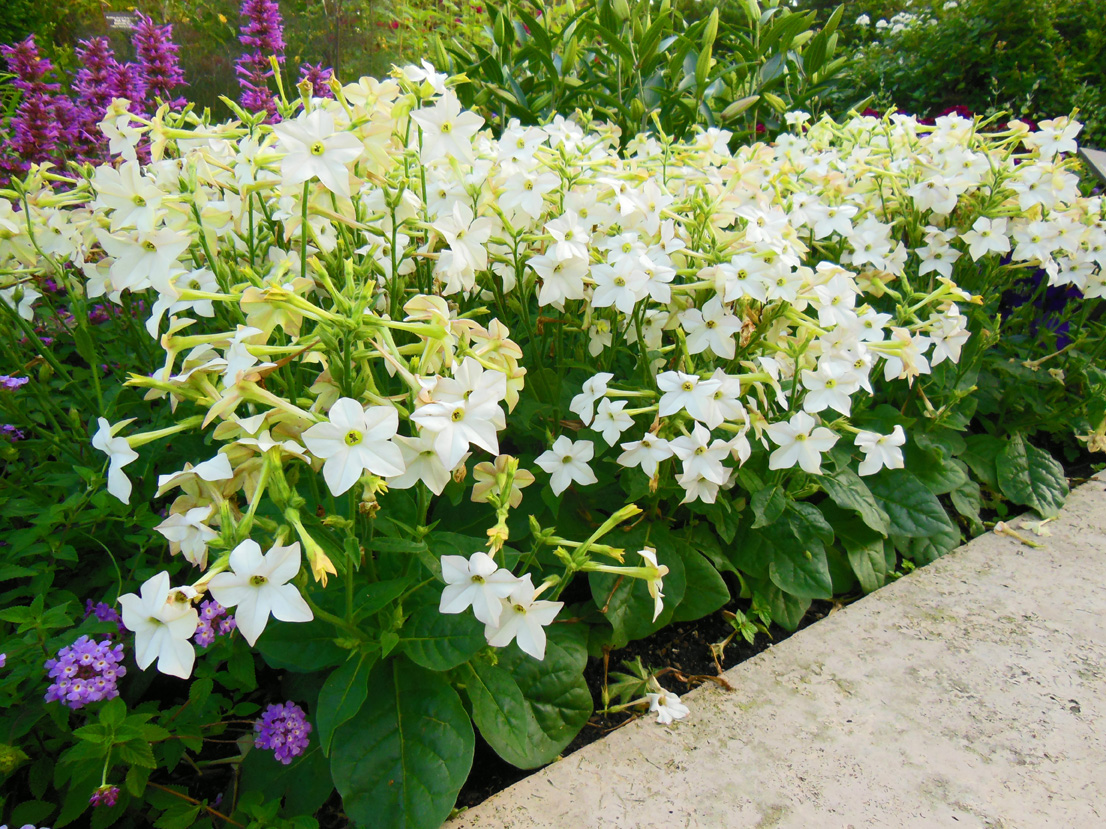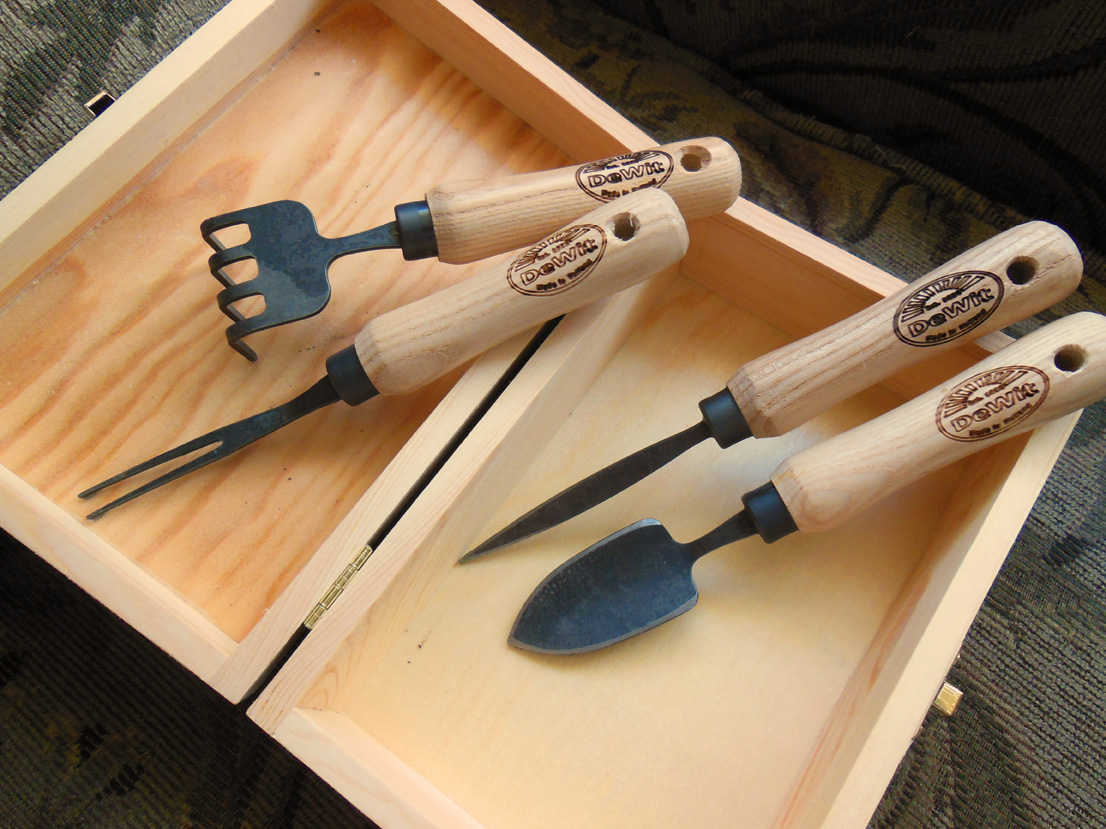Flowering Tobacco – Nicotiana Growing Tips

Nicotiana
A scented flowering tobacco bloom can be a little bit of heaven; many varieties have a scent that is downright alluring and are more likely to have a stronger scent toward late evening and at night. Heirlooms often have a stronger scent, some cultivars are scentless, and a few newer hybrids have light scents. Each flower is a colorful, trumpet-shaped tube with star-shaped petals. Hummingbirds adore the plant during the day, and hummingbird moths will spend hours circling flowering tobacco in the evening. While it is a member of the tobacco family, it is not recommended for consumption; it is addictive when smoked or sniffed and poisonous if eaten. Some cultivars can reach up to 4 feet tall and are narrow, so fit in most compact gardens quite nicely. Below is an excerpt from the Illinois Getting Started Garden Guide which can help you learn to grow this deliciously scented plant.
- Botanical name — Nicotiana alata
- Bloom Period and Seasonal Color — Summer to fall; white, yellow, lime green, pink, and red flowers
- Mature Height × Spread — 12 to 48 inches × 12 to 24 inches
- Added Benefits – Attracts Beneficial Insects, Attracts Hummingbirds
- Sun Requirements – Sun, Part Sun, Part Shade
When, Where, and How to Plant
Nicotiana grows best in a sunny spot but prefers afternoon shade during the hot season. Soil should be well-drained, rich organically, and consistently moist. Start seeds indoors 4 to 6 weeks before the last frost or plant directly onto the soil. Seeds are incredibly tiny, so try mixing the seed with sand for easier spreading. Press seeds lightly into the seed starting mix and does not cover them as they require light to germinate.
Growing Tips
Water at the base of the plant to prevent powdery mildew; container plants typically require more watering. Mulching your plants will help hold the moisture around the base of the plant during hot weather.
Regional Advice and Care
Newer hybrid varieties are self-cleaning and require no deadheading. Although relatively pest-free, should spider mites or aphids settle on the plants, spray with insecticidal soap. Aphids can be dislodged with a spray of water, but be careful not to break the stems or leaves. Although rare, flowering tobacco is sometimes susceptible to tobacco mosaic virus or downy mildew (Peronospora tabaci). Signs include ring spots on leaves or yellowed crinkled growth; pull these diseased plants from the garden and inoculate the soil with an amendment that has chelated iron. Many varieties self-seed; supervise this to make sure the plant does not invade.
Companion Planting and Design
Night gardens and evening paths are enhanced when filled with fragrant varieties of flowering tobacco. Shorter varieties work well in containers, along borders, and in mass plantings. Taller varieties do well at the back of an annual bed or mixed into an informal cottage garden. Plant scented varieties in window boxes where their evening scent can drift into your home at night.
If you would like more plant-growing ideas, particularly in the Midwest, please check out the Illinois Getting Started Garden Guide for further tips and information.



